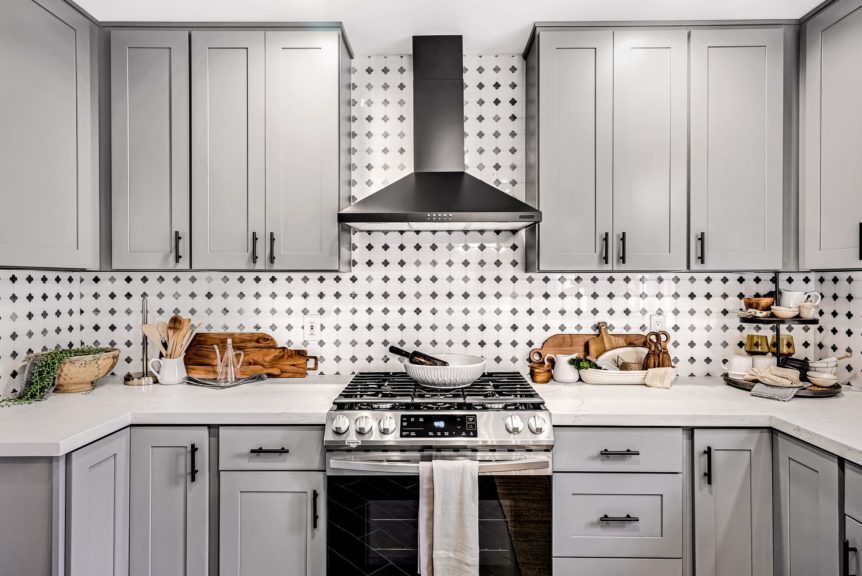If you’re in the process of a home remodel, or even planning for one, then you’ll likely have to make a decision about tiling. Even though it may seem like an easy choice to understand and make, there are three things you should know before making your selection.

Tile Variations
The first thing to understand is what kind of tiling best suits the area you are working in. There are lots of different types of tile to choose from, each with its strengths and weaknesses in different areas in the house. Ceramic, quarry, vitrified and terracotta tiles are all very good options for floors and walls throughout your home, natural stone tiles like marble or granite are often used in kitchens, and mosaic tiles are best used in kitchens and bathrooms. Knowing what type of tile you are selecting for what job is important, as it allows you to find durable and long-lasting options that will seamlessly blend in with the room you choose.

Size and Practicality
The next step is understanding what kind of tiles to choose based on the layout of the room and your desired aesthetic. If the room in question is larger, such as a kitchen or living room, then larger tiles will usually complement the space nicely. In the same way, smaller tiles would be better suited for smaller areas like the bathroom to avoid the tiles being too imposing for the space.
Incorporating what we know about tile variations, natural stone tile may lend itself to a bigger living room, while a slightly smaller more decorative terracotta tile may be better suited for a smaller living room. Natural tiles are also a great option for bathroom floors because they are less slippery when they get wet, while larger terracotta or quarry tiles can minimize the appearance of dirt in a mudroom or hallway.

Grouting Choice
The final thing to consider when selecting tile is grout. If you want your floors to be seamless and have minimal gaps, consider porcelain and natural stone tiles that have very little gaps between each piece. If you prefer a style that will need visible grouting, then choose a grout color that won’t clash with your tile of choice.
Ultimately, the tile you choose is up to your personal preference. These tips are here to help inform you so that you can make the best possible tile selection for your home in terms of functionality, longevity, and personal style preferences. If you have any questions, or if you simply want more insight about selecting tile for your home, contact us today!



